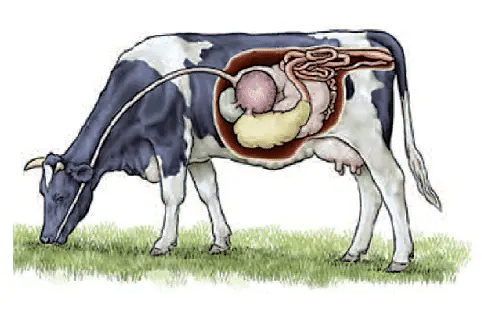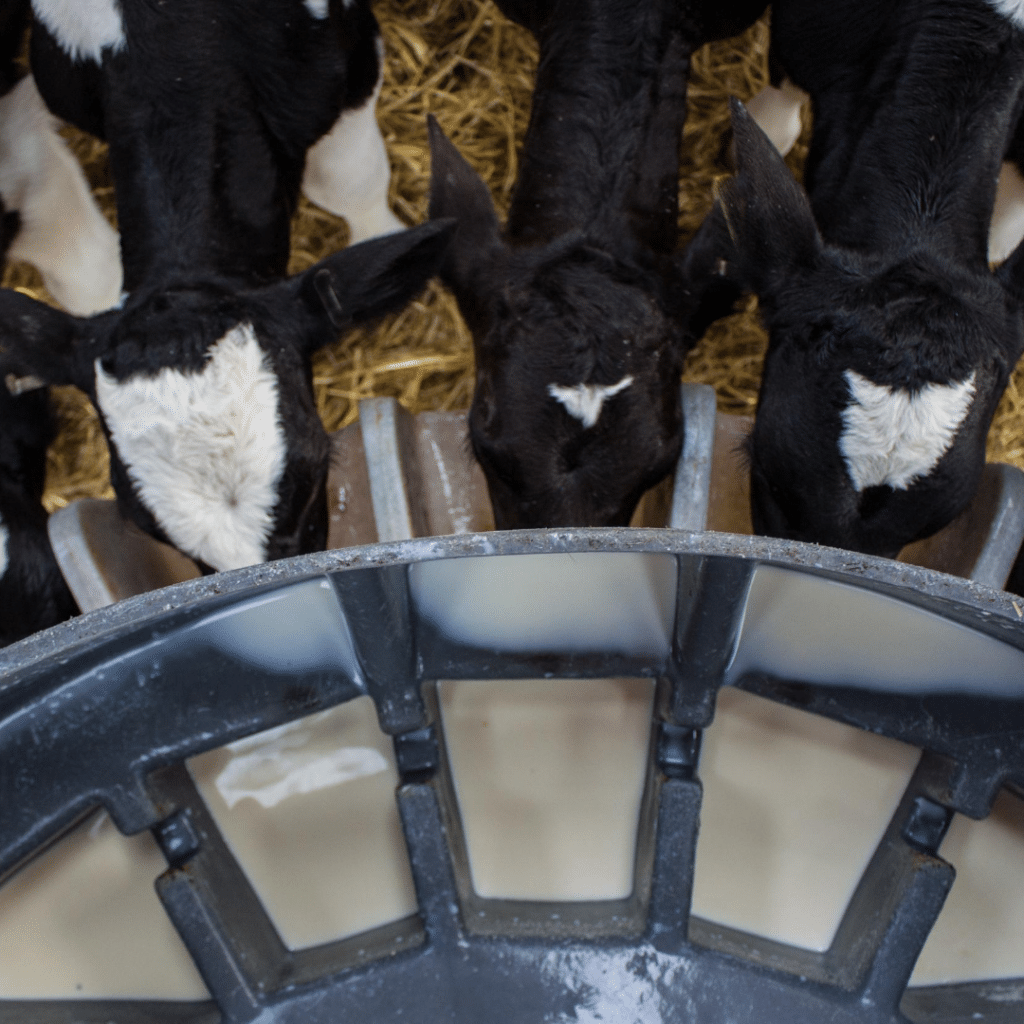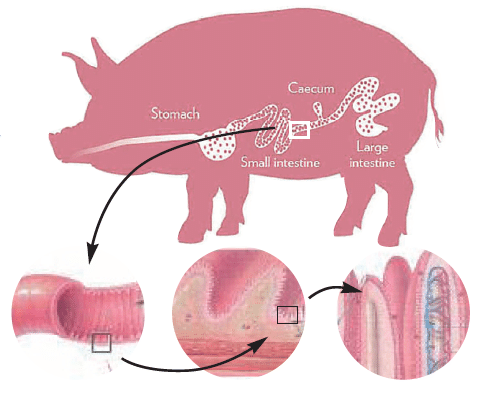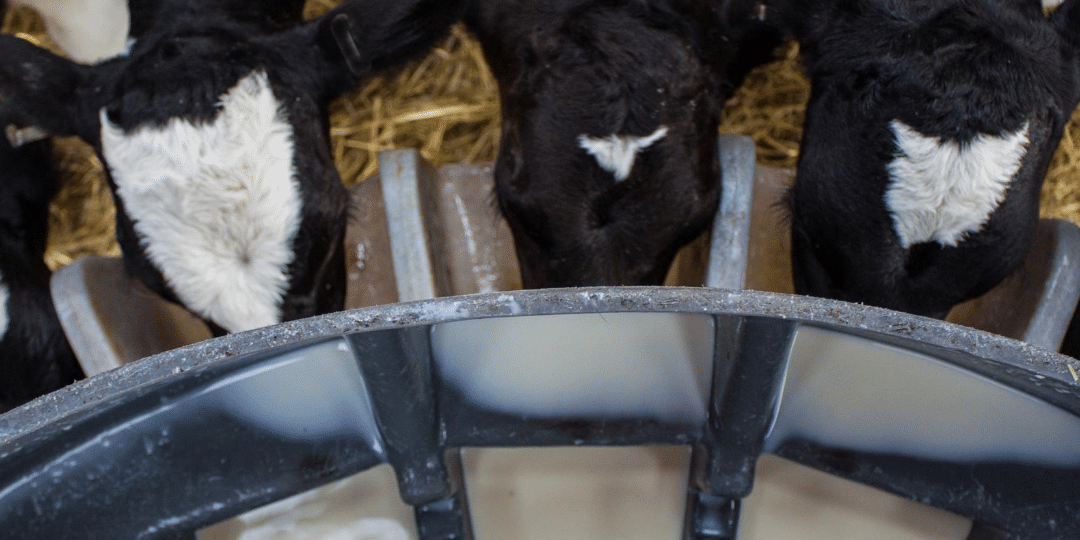
The longer Marc Krabben supplements his cows with humic acids, the better the results. His 110 dairy cows have now been fed PrimeHumic humic acids for about 5 years. When the feed supplier forgot to mix in PrimeHumic, Marc noticed immediately. “What was going on? Production fell by an average of more than a liter and I noticed from the cows that something was different.” He finds it difficult to put into words what exactly changed. “It’s also partly a feeling.”
Humic acids have a positive effect on the functioning of the intestines. “The healthier the intestines, the healthier the animal”, Marc Krabben knows. “If things are not right at the gut level, you can expect all kinds of problems. These problems manifest themselves differently for each cow. And the effects also differ per company. The addition of humic acids causes milk fat and protein levels to rise in one company, in another it increases production and in some companies it does much less. Fortunately, I was allowed to test first to see if it worked for us.”
Older and healthier cows
According to Marc, this diversity of effects makes it difficult to indicate exactly what PrimeHumic does for his company. “We can now say that the cows that were fed humus as a heifer, last longer and are getting older. Between 2013 and 2016 the age at which we culled cows was, on average, 5 years and 5 months. In the last 3 years that has increased to 5 years and 8 months.” The number of udder infections has also fallen sharply over time. “That number is still falling.”
Marc thinks it is well worth the investment of 6 cents per cow per day. “We notice a difference, especially in the longer term. Animal health is not just a short term issue but also needs a long term view.” He does emphasize that PrimeHumic is not a cure-all. “Of course, many more elements play a role in good animal health, such as hygiene.”
Not a medicine
Since a few months, calves are also given the liquid variant of PrimeHumic mixed into the milk immediately after birth. “Since then, we have had to treat far fewer animals and use fewer additives,” Marc notes. For example, he no longer uses Halocur to prevent cryptosporidiosis. He also hardly adds any electrolytes. “All in all, I have a good feeling about this product.” Although according to him there is also a danger here. “If you have healthier animals, you can sometimes become too careless. You have to keep a close eye on hygiene. It is an additive, not a medicine.”


Better feed conversion
Marc Krabben has also fed PrimeHumic to his 5,500 meat pigs for some time. “They gained a few millimeters more muscle, but our Piétrains already had a lot of muscle. This did not immediately reimburse the costs. So when money got a bit tighter, we stopped. We are currently conducting a trial in which we measure the feed conversion. The first results look very promising, actually a bit too promising. We will soon start a second round to measure whether the first results were correct. Feed efficiency increased sharply. The pigs in the control group ate 246 kilos of feed, in the test group this was 230 kilos.”
Greatest effect directly after birth
In this experiment, the piglets receive humic acid from the age of 9 weeks, the age at which Marc Krabben receives the pigs. “It seems to me that humic acid in pigs has an effect especially in the period before 9 weeks, directly from birth. Then, the intestines are still completely “new” and the body weight multiplies fastest in the first period.” He would therefore prefer to receive pigs that are fed PrimeHumic from birth. Good intestinal health is of great importance in pigs. “Pigs eat a lot of residual products and products that are more difficult to digest. The healthier the intestines, the better the digestion.”


